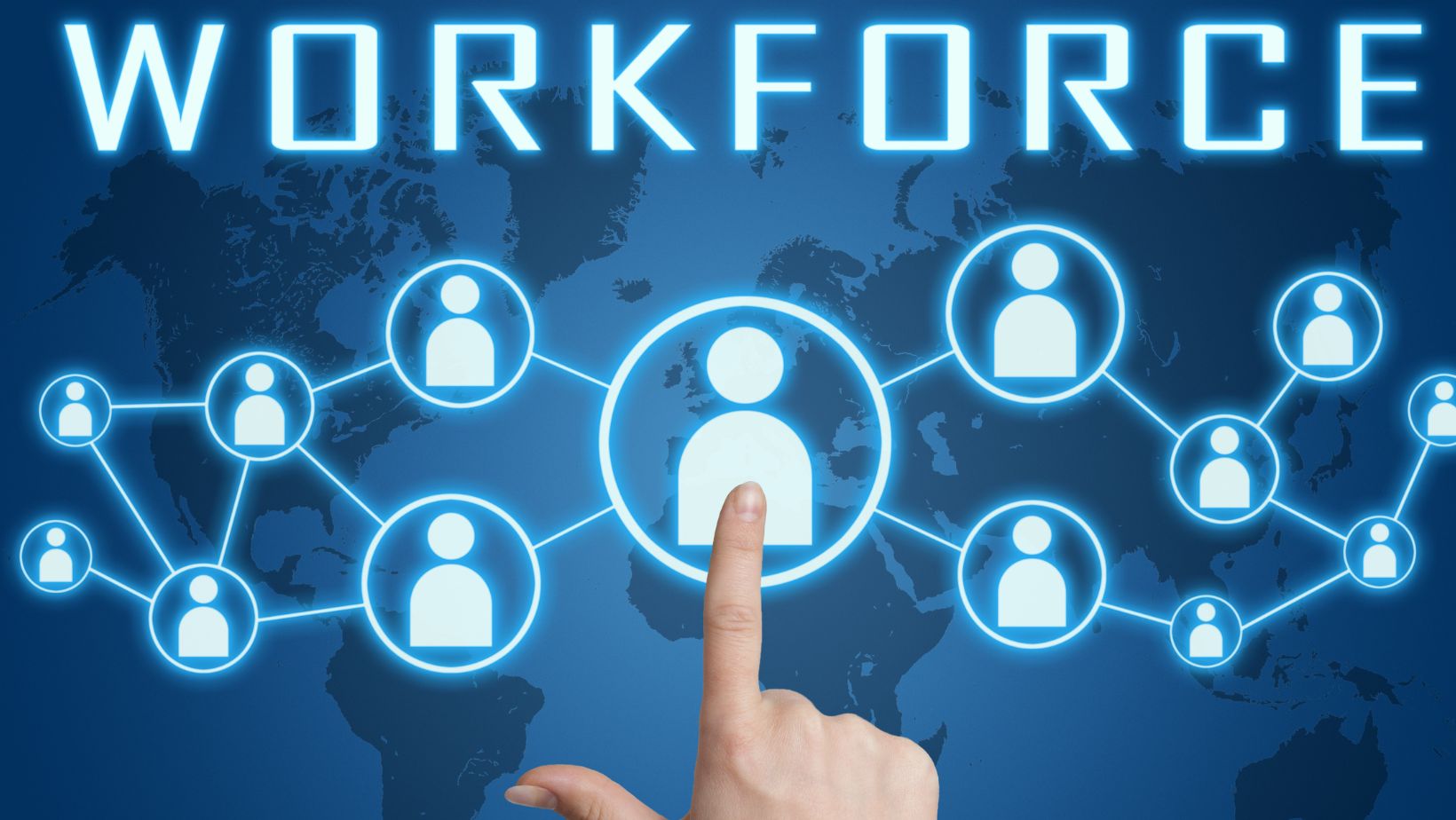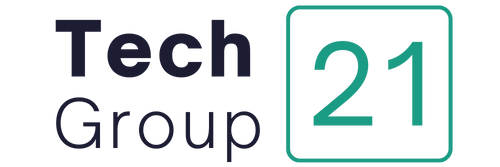In the modern world, much of what we take for granted is handled by unseen systems working tirelessly in the background. From the smartphone that pings us with reminders to the cloud servers that ensure our emails arrive instantly, these invisible processes form a workforce that rarely gets noticed. The efficiency of everyday life is no longer powered solely by human effort—it is increasingly orchestrated by technology that thrives in the shadows of our awareness.
The Unseen Foundations of Daily Life
Most people interact with technology through sleek interfaces—apps, devices, or automated services. But behind these polished experiences is a dense web of algorithms, data pipelines, and machine learning models that ensure everything runs smoothly. Consider online shopping: one tap to order a product sets off a chain reaction of automated systems. Inventory levels are checked, warehouses receive alerts, delivery routes are optimized, and real-time tracking updates are sent to the customer.
The same is true in sectors like banking, where millions of transactions are validated every second. Fraud detection systems flag anomalies faster than any human could, while automated compliance tools scan for potential risks. These silent systems form the backbone of trust in digital interactions, operating at speeds and scales invisible to human perception.
Technology as the New Workforce
Unlike the visible workforce—employees, managers, and service providers—this hidden workforce doesn’t clock in or demand overtime pay. It exists in code, sensors, and networks, quietly reshaping how we define labor. One of the most transformative forces in this shift is artificial intelligence. Businesses increasingly rely on AI to handle routine tasks, from responding to customer queries with chatbots to forecasting demand using predictive analytics. This shift points toward the future of AI automation in business, where human teams are freed to focus on creativity, strategy, and problem-solving while machines handle repetitive workloads.
Efficiency Beyond Human Reach
Automation’s biggest contribution is its ability to scale. A single AI system can process thousands of customer inquiries simultaneously, something no human team could achieve without significant cost. This efficiency doesn’t just save time; it also ensures consistency. For example, voice assistants deliver uniform answers, predictive systems provide data-driven insights without bias, and robotic process automation tools complete workflows without fatigue.
The invisible workforce doesn’t eliminate human labor—it redefines it. Humans remain the architects, innovators, and emotional connectors, while machines take on roles better suited to precision and speed. Together, they form hybrid teams where the visible and invisible workforce collaborate seamlessly.
Hidden in Plain Sight
Perhaps the most remarkable aspect of this technological workforce is how unnoticed it is. Few people think about the recommendation algorithms guiding what they watch on streaming platforms or the logistics systems predicting weather disruptions for supply chains. Yet these systems profoundly shape daily life, influencing decisions, purchases, and even cultural trends.
By remaining invisible, technology gives users the illusion of effortlessness. Ordering food, booking travel, or managing finances feels simple only because countless unseen processes make it so. The more seamless the experience, the less we notice the enormous infrastructure powering it.
Shaping Workplaces of the Future
In corporate environments, the invisible workforce is revolutionizing productivity. AI-powered scheduling tools minimize wasted time in meetings. Workflow orchestration systems automatically assign tasks to the right teams. Data-driven dashboards provide leaders with real-time insights into operations. These capabilities were once futuristic fantasies; now they are everyday tools.
For workers, this shift means fewer hours spent on mundane processes and more opportunities to engage in high-value work. However, it also raises questions about skills and employment. If technology absorbs repetitive labor, employees must adapt by cultivating creativity, emotional intelligence, and problem-solving skills—areas machines still struggle to replicate.
Challenges of Dependence
The invisible workforce is not without risks. Heavy reliance on unseen systems creates vulnerabilities. Outages in cloud infrastructure can grind global operations to a halt. Bias in AI algorithms can lead to unfair outcomes. Cyberattacks targeting critical systems can disrupt entire industries.
Because these systems operate beyond public view, accountability becomes complex. Who is responsible if an automated loan approval system discriminates against certain applicants? How do we ensure transparency in decision-making when algorithms work in ways even their creators don’t fully understand? These challenges underscore the need for strong governance and ethical frameworks.
Humanizing the Invisible
To address these concerns, organizations are beginning to emphasize transparency in technology. Explainable AI aims to make algorithmic decisions understandable. Ethical design principles prioritize fairness, inclusivity, and accountability. Companies are also investing in digital literacy to help employees and customers understand the invisible workforce shaping their experiences.

By humanizing technology—making it transparent, explainable, and trustworthy—we can strike a balance between efficiency and fairness. The goal is not to dismantle the invisible workforce but to ensure its silent labor benefits everyone equitably.
The Road Ahead
As we look forward, the invisible workforce will only expand. Advances in robotics, machine learning, and quantum computing promise even greater automation and efficiency. Smart cities will rely on unseen systems to manage traffic, energy, and public safety. Healthcare will be supported by invisible networks analyzing medical data, flagging potential risks before symptoms appear.
The key lies in recognizing that these systems are not mere conveniences; they are foundational to modern society. By valuing the invisible workforce, we acknowledge the hidden architecture that allows progress to thrive.
Conclusion
The invisible workforce is a silent partner in the human story of progress. It powers transactions, delivers services, and optimizes operations—all while remaining largely unseen. As technology evolves, its role will deepen, shifting how we work, live, and imagine the future.
By embracing transparency, responsibility, and collaboration between human and machine, we can ensure that the hidden systems we overlook continue to serve us well. The invisible workforce may remain out of sight, but it should never be out of mind.



